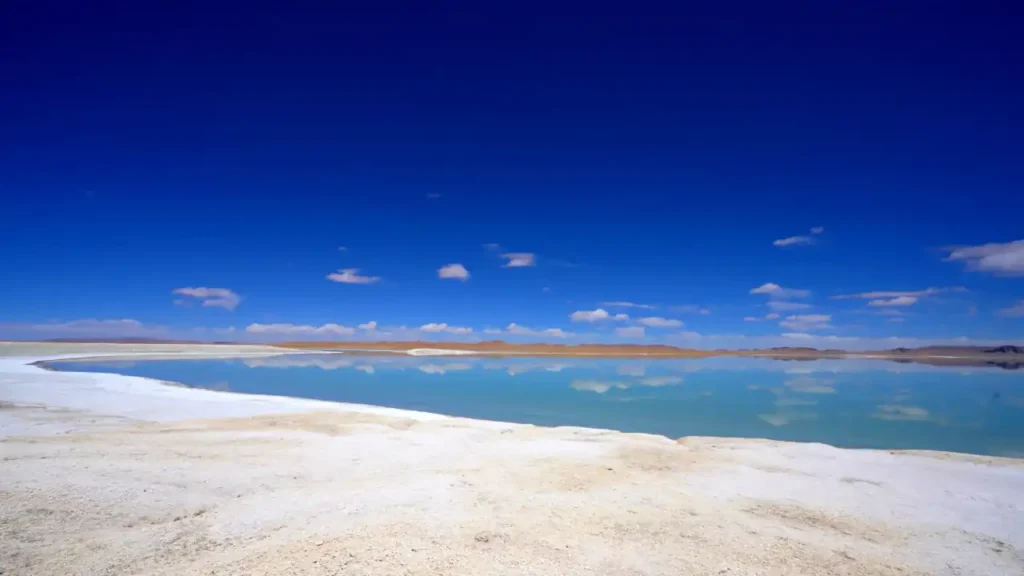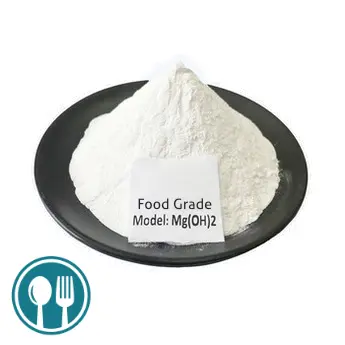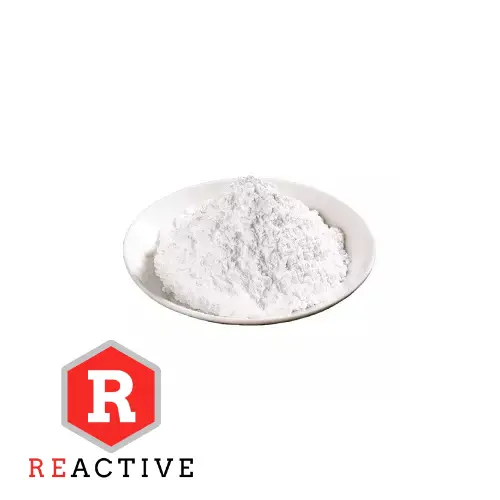Messi Biology stated that high-purity magnesium hydroxide (>99%) produced by salt lake brine is the best raw material for industrial-scale mass production of high-purity and high-activity magnesium oxide. In order to provide suitable production methods, production equipment and optimal production processes, this project was studied. The main purpose is to master the decomposition characteristics of high-purity magnesium hydroxide produced by salt lake brine and its influence on the activity, specific surface area and crystallization properties of magnesium oxide through laboratory research, so as to lay a theoretical foundation for the formulation of magnesium oxide production methods, production equipment and production processes.

The following conclusions were drawn through experiments and research:
(1) When magnesium hydroxide is heated at a heating rate of 10℃/min, magnesium hydroxide begins to decompose at 300℃ and ends at 480℃.
(2) Heating temperature is the main factor affecting the decomposition rate of magnesium hydroxide. As the temperature increases, the time required for complete decomposition of magnesium hydroxide decreases. When the temperature is higher than 550℃, the effect of temperature on the decomposition rate of magnesium hydroxide is not obvious. Magnesium hydroxide can be completely decomposed by keeping it at 550℃ for 10 minutes. Under the condition of constant heating temperature, the decomposition rate of magnesium hydroxide increases with the extension of holding time.
(3) Heating temperature and holding time have a great influence on the activity of magnesium oxide. When heated at 550℃ for 10min, the activity of magnesium oxide is the highest, and its iodine absorption value can reach 83.59mg/g. Increasing the holding time at a certain temperature significantly reduces the activity of magnesium oxide.
(4) The activity of magnesium oxide has a good correspondence with the size of its specific surface area. The larger the specific surface area, the higher the activity of magnesium oxide. With the increase of heating temperature and the extension of holding time, the specific surface area of magnesium oxide decreases, the crystallization performance improves, and the activity of magnesium oxide decreases.
(5) During the heating process, the grain size of MgO increases with the extension of holding time, and the lattice distortion decreases with the extension of holding time, but the effect of heating temperature on grain size and lattice distortion is not obvious.
(6) The raw material of magnesium hydroxide is granular, and its particle size is tens of um; while the generated magnesium oxide particles are flake-shaped, and the particle size is small, generally less than 1um. As the heating temperature increases, the generated magnesium oxide particles will bond together.
(7) The magnesium oxide generated by the decomposition of magnesium hydroxide is very easy to hydrate. Under the conditions of 75% humidity and 60°C, the magnesium oxide can be completely hydrated in about 6 hours. In addition, the generated magnesium hydroxide is also very easy to undergo carbonation reaction in the air to generate magnesium carbonate.
(8) The Cl and S elements in the magnesium hydroxide raw material cannot be removed during the heating and decomposition process of magnesium hydroxide.


